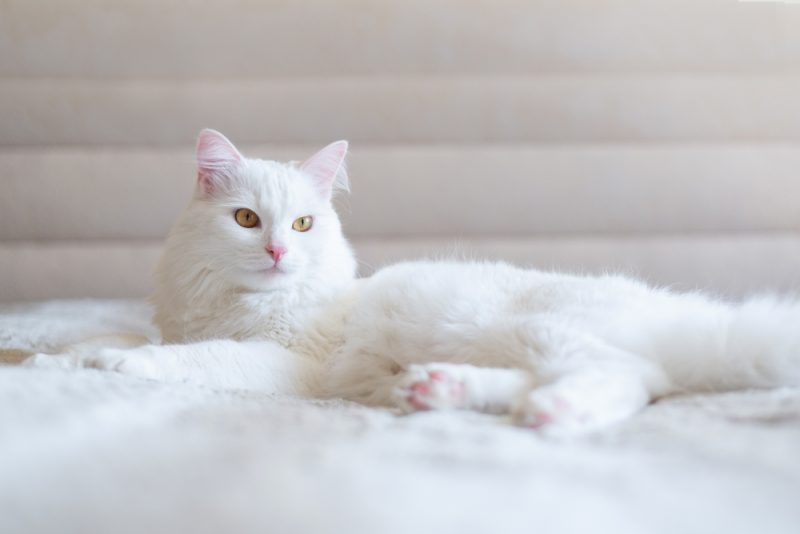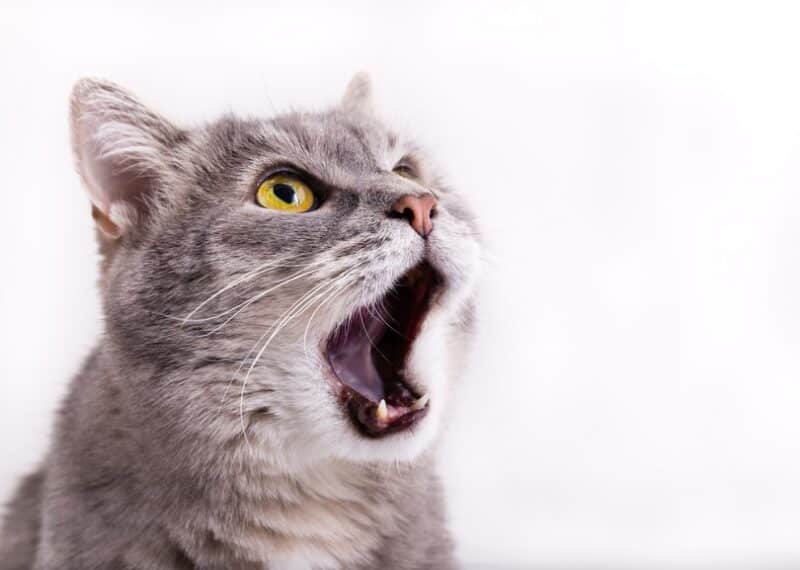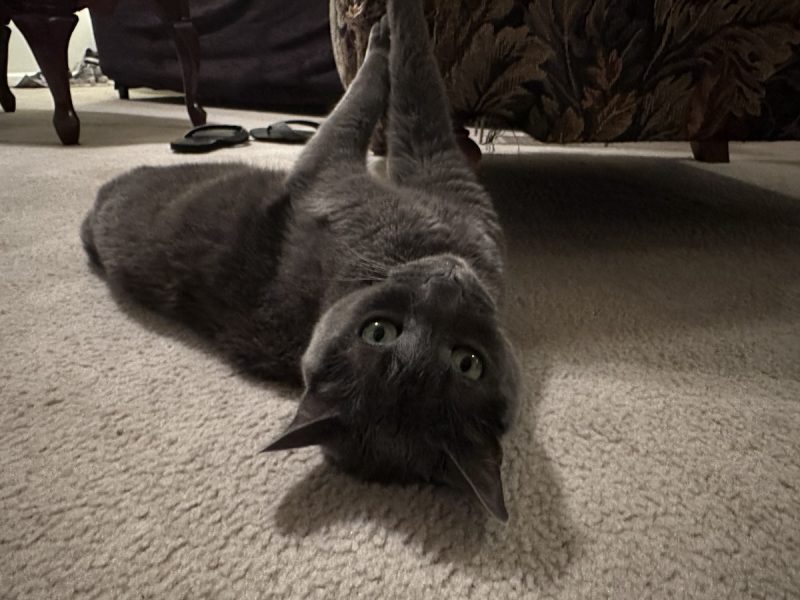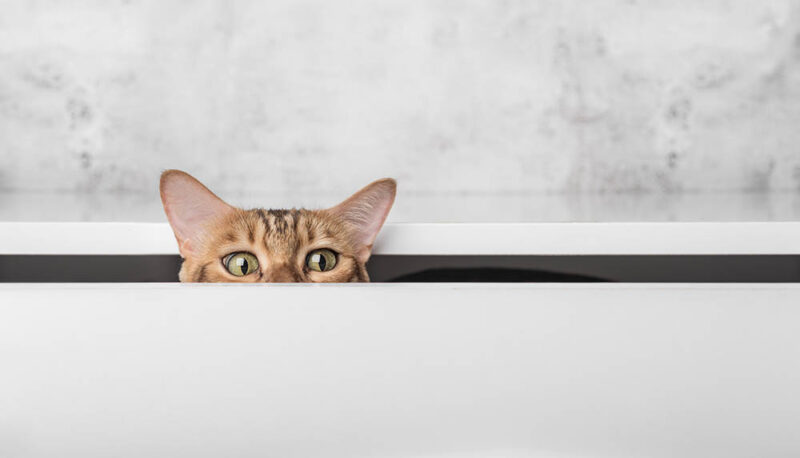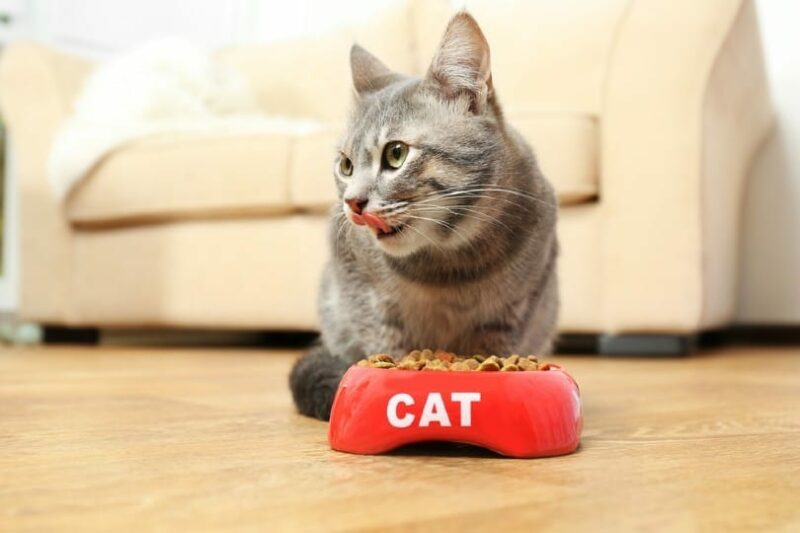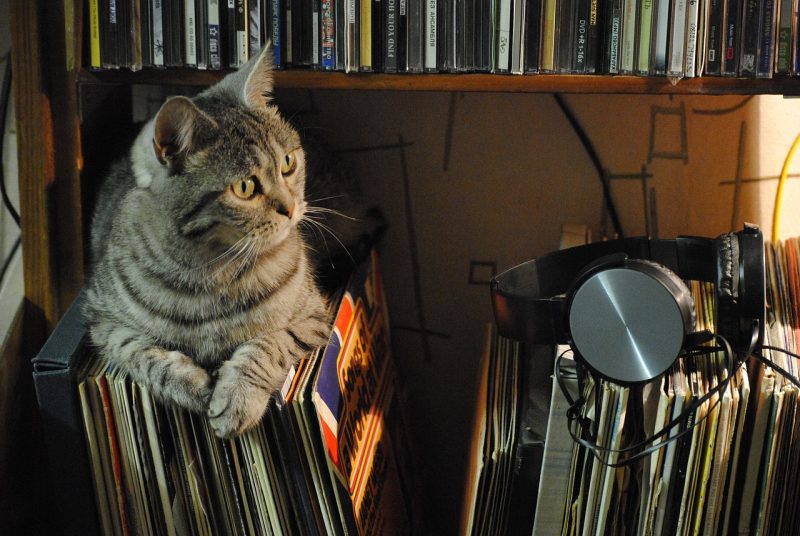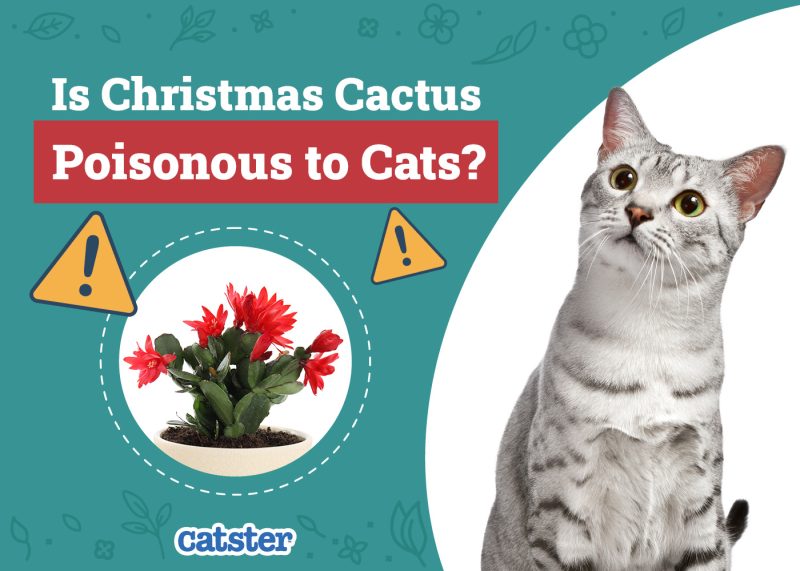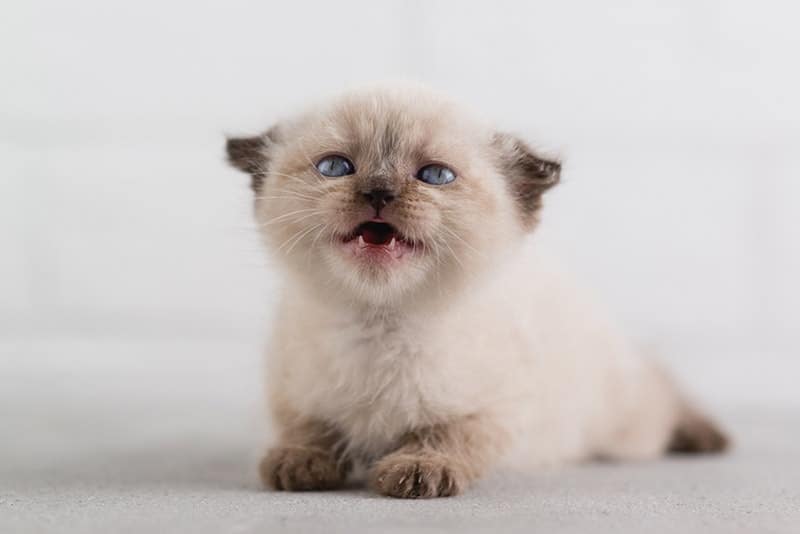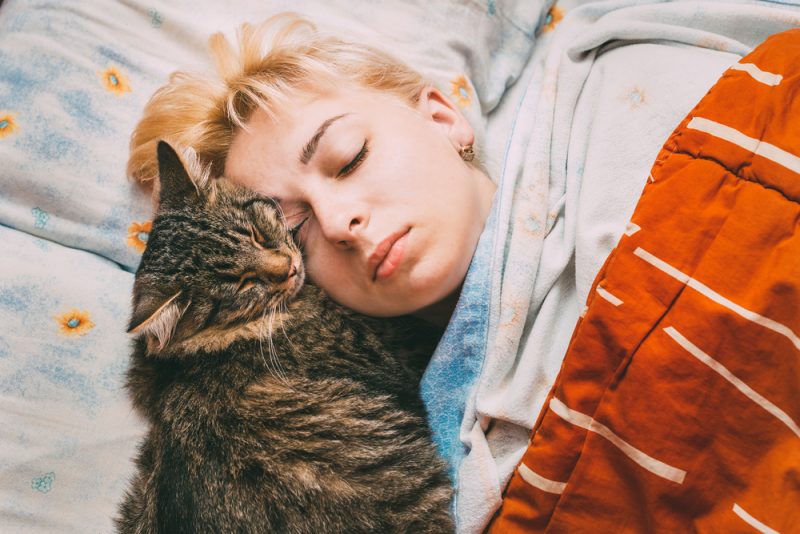In this article
There’s no denying white cats are beautiful and striking. But, the same gene, known as the W gene or White gene, that gives the white fur, can also be responsible for causing hereditary deafness in some white-coated cats. White cats with blue eyes are the most likely to be deaf, with approximately three-quarters of blue-eyed, white-coated cats suffering from some level of deafness. But, while white cats with non-blue eyes are less likely to suffer, still approximately 20% are born deaf.
Below, we look at white cats and the likelihood of them being deaf, what extra care is needed for deaf cats, and whether white cats have any other health problems that arise as a result of their W genes.

White Cats
White cats are one of the less commonly seen coat color variations. Non-albino white cats have a masking gene, called the W gene. This masks all other color genes, so the cat has a completely white coat. It is different from albinism, in which the cat lacks any pigmentation whatsoever.
White cats can have any of a variety of eye colors. The most typical colors are blue and green (sometimes described as amber). White cats may also have different-colored eyes, scientifically known as heterochromia, and this is believed more common in white cats than in cats of other colors.
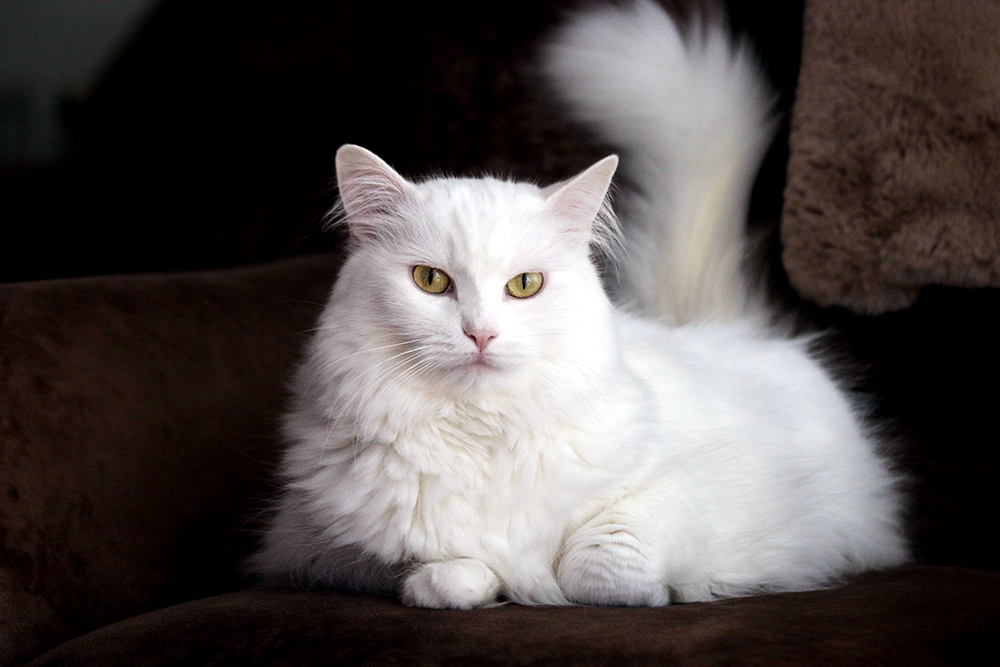
Are White Cats Deaf?
The W gene, which is responsible for masking other colors with a white coat, is also linked to congenital deafness. Congenital means the condition is present from birth rather than developing as the cat ages. In fact, the W gene is pleitropic, so has multiple effects on the cat.
- All cats with the W gene will have pure white coats.
- Some, but not all, cats with the W gene also have blue eyes.
- Many, but not all, cats that carry the W gene will also be deaf.
Studies show the chances of a white cat being deaf rise sharply in those that have blue eyes, but all white cats have a higher-than-normal risk of deafness. Approximately three-quarters of white-coated, blue-eyed cats are deaf.
| Coat/Eye Color | Chance Of Deafness |
| White cats, non-blue eyes | 17%–22% |
| White cats, one blue eye | 40% |
| White cats, two blue eyes | 65%–85% |

How to Tell If a Cat Is Deaf
The most obvious sign that a cat is deaf is that it doesn’t respond to noise of any sort. It won’t come when called but it also won’t react to noises like food wrappers or approaching footsteps. If your cat responds sometimes, it could be that it is being typically aloof, but it might also be the case that it is deaf in one ear and can hear with the other.
Living with a Deaf Cat
You will have to make some adjustments when living with a deaf cat. Making a few minor changes will enable your cat to lead a perfectly normal, healthy, and safe life. And once you get used to doing things a little differently, it won’t prove too challenging.
- Indoor Only – Deaf cats can’t hear traffic noises, people, or the noises of predators, wild or domestic. As such, your deaf cat will have to live exclusively indoors to help ensure it remains safe.
- Leash Walk Gradually – If you do want your cat to enjoy time outdoors, invest in a leash and harness. Start indoors until your cat gets used to wearing the harness, and then take short trips outdoors. You will still need to be cautious when going out. Your cat will be easily startled, especially in new situations, and if it gets scared, you could have an anxious cat to contend with.
- Don’t Scare Them – Your cat likely won’t be able to hear you approaching. If they’re curled up on the floor, they will likely feel the vibrations as you approach, but they might not. If your cat is deaf in one ear, be especially cautious when approaching from that side. Your cat will adapt, to some extent, but there will always be some noises from some directions they won’t be able to hear.
- Make Vibrations – When walking up to the cat, make sure you step hard enough that they can feel the vibrations through the floor. Rather than waking them by touching them, touch the floor nearby so they feel the vibration and wake up less abruptly.
- Use Hand Signals or Light – When it comes to calling your cat, you will need to be in the vicinity. Use hand signals and train your cat to understand commands like come, dinner, and outside. Alternatively, you can train a cat to respond to light flashes, so if you flash an upstairs light a few times, your cat knows that its dinner is being dished up.
If you need guidance on caring for your cat, we suggest you speak to a vet.
If you need to speak with a vet but can't get to one, head over to PangoVet. It's an online service where you can talk to a vet online and get the advice you need for your pet — all at an affordable price!

Do White Cats Suffer Other Health Problems?
White cats are more prone to deafness. They are also more prone to sunburn of the ears and nose, and sun-related cancers, as well.
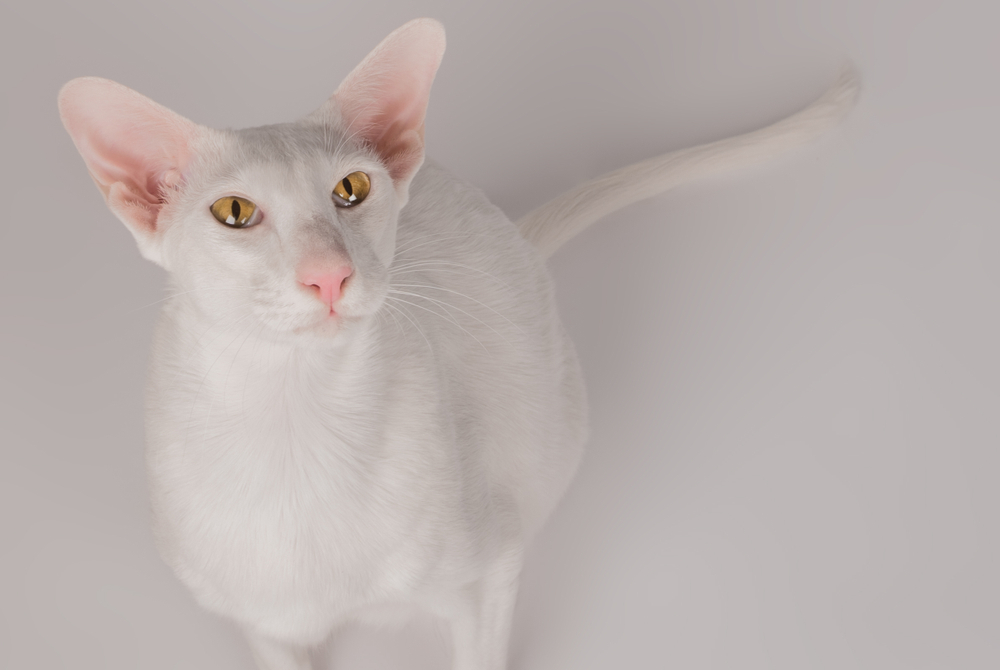
Are White Cats Albino?
White cats are not the same as albino cats. White cats have the W gene which masks other colors. Albinism is the complete lack of color or pigmentation in the cat. While they both have a white coat, you can usually tell the difference between them by looking at their eyes. Albino cats have pinkish-red eyes. White cats can have any of a range of colors and may even have eyes of different colors.
Do Deaf Cats Meow?
Deaf cats generally meow at least as much as hearing cats. Because they can’t hear themselves as clearly as other cats, some deaf cats meow a lot louder and more often than other cats, although your cat being loud doesn’t necessarily mean it is deaf. It could just be a vocal cat.


Conclusion
White cats are uncommon and, unfortunately, the gene that causes the white coat does make cats a lot more susceptible to suffering congenital deafness. This is especially true of white cats with blue eyes. White cats with one blue eye are the next most likely, and then cats with no blue eyes. But even these have a roughly 1 in 5 chance of being deaf in at least one ear.
Featured Image Credit: Fox_Ana, Shutterstock
